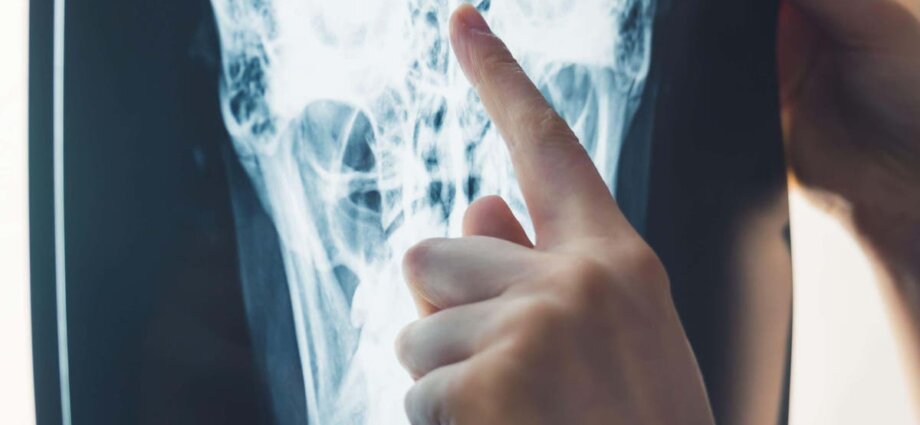Artificial intelligence could be twice as accurate as current methods at pinpointing the time a stroke took place, which could help medics make emergency decisions about care, according to a study.
Using the technology to read the brain scans of people who have had strokes could allow up to 50% more patients to be treated appropriately, researchers suggested.
The team behind the software claim it is twice as accurate as current methods, which involve doctors visually assessing a scan to make treatment decisions.
Developers hope the model will eventually be used in the health service and could potentially be integrated with AI-analytic software already being used by NHS trusts.
The algorithm was created by researchers at Imperial College London, Technical University of Munich and Edinburgh University.
It was trained using 800 brain scans where the time of stroke was known and then tested on 2,000 patients.
The study found the model was twice as accurate as the visual method, which researchers suggest could be due to the fact it takes in additional features from scans, such as texture.
Patients who go to hospital with suspected stroke are given a CT scan to determine the cause and severity, within an hour where possible.
Doctors then review the results and make decisions on treatment, in which time is an important factor.
Thrombolysis, a process that uses drugs to break up blood clots, can be performed within four and a half hours of symptoms starting.
A thrombectomy – when doctors surgically remove a blood clot to restore blood flow – is most effective six hours after symptoms start, although it can be performed for up to 24 hours in rare cases.
Dr Paul Bentley, of Imperial’s Department of Brain Sciences, and a consultant neurologist at Imperial College Healthcare NHS Trust, led the study which is published in NPJ Digital Medicine.
He said: “It’s essential for doctors to know both the initial onset time, as well as whether a stroke could be reversed.
“Having this information at their fingertips will help doctors to make emergency decisions about what treatments should be undertaken in stroke patients.
“Not only is our software twice as accurate at time reading as current best practice, but it can be fully automated once a stroke becomes visible on a scan.”
Lead author Dr Adam Marcus added: “We estimate that up to 50% more stroke patients could be treated appropriately with treatments because of our method.
“We aim to deploy our software in the NHS, possibly by integrating with existing AI-analytic software that is already in use in hospital trusts.”











